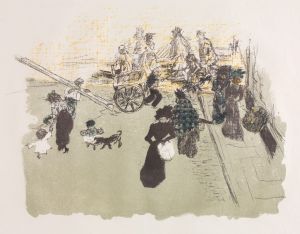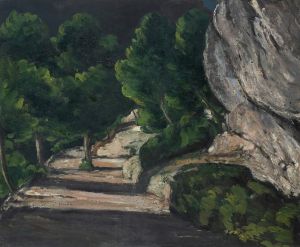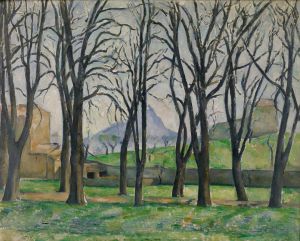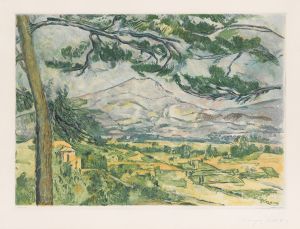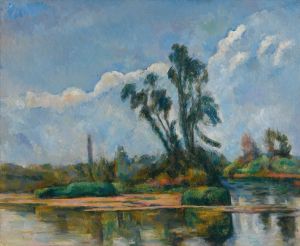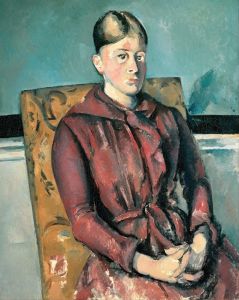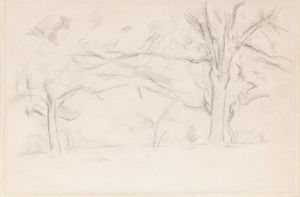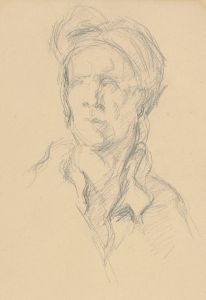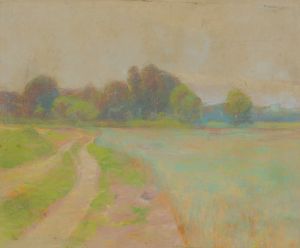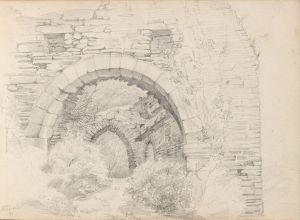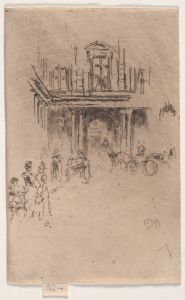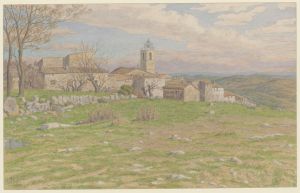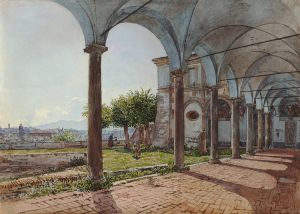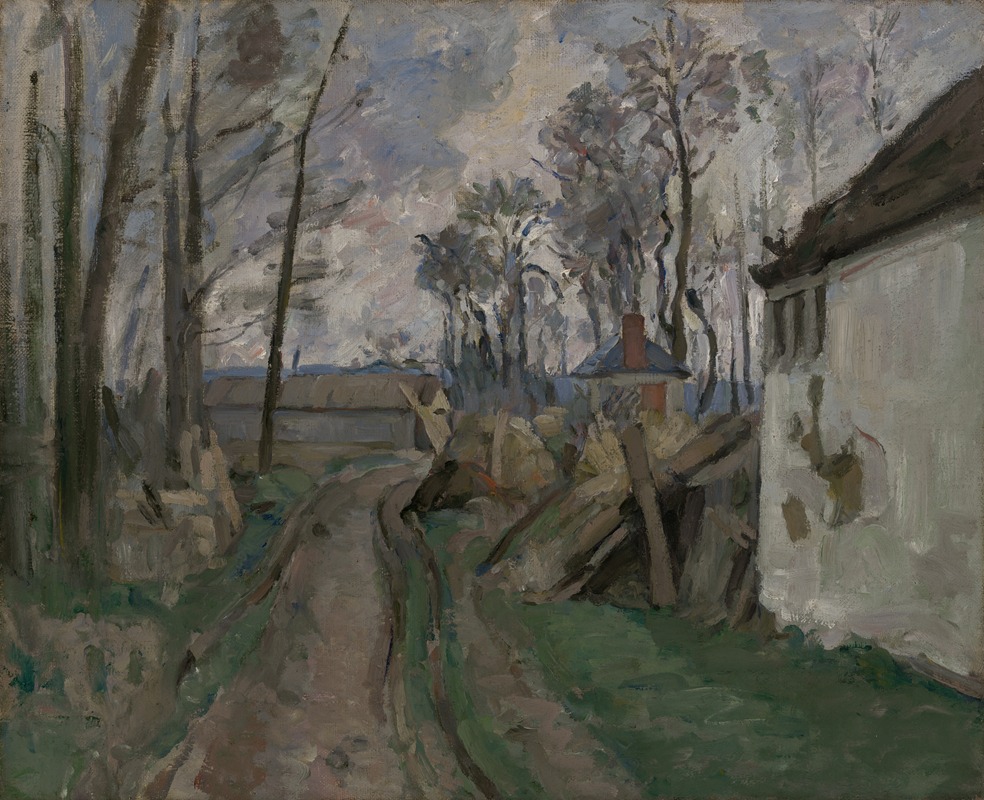
A Village Road near Auvers
A hand-painted replica of Paul Cézanne’s masterpiece A Village Road near Auvers, meticulously crafted by professional artists to capture the true essence of the original. Each piece is created with museum-quality canvas and rare mineral pigments, carefully painted by experienced artists with delicate brushstrokes and rich, layered colors to perfectly recreate the texture of the original artwork. Unlike machine-printed reproductions, this hand-painted version brings the painting to life, infused with the artist’s emotions and skill in every stroke. Whether for personal collection or home decoration, it instantly elevates the artistic atmosphere of any space.
"A Village Road near Auvers" is a painting by the renowned French artist Paul Cézanne, created around 1879-1882. Cézanne, a pivotal figure in the transition from 19th-century Impressionism to 20th-century Cubism, is celebrated for his innovative approach to form and color, which laid the groundwork for the modern art movement. This particular painting exemplifies his unique style and his interest in capturing the essence of the French countryside.
The painting depicts a rural scene in the village of Auvers-sur-Oise, a location that attracted many artists during the late 19th century, including Vincent van Gogh. Auvers-sur-Oise is situated in the Val-d'Oise department in northern France, and its picturesque landscapes have been a source of inspiration for numerous artists. Cézanne's choice of this setting reflects his fascination with the natural environment and his desire to explore the interplay between light, color, and form.
In "A Village Road near Auvers," Cézanne employs his characteristic brushwork, which is both methodical and expressive. The painting captures a quiet, serene village road, flanked by trees and rustic buildings. Cézanne's use of color is particularly noteworthy; he employs a palette of earthy tones, with greens, browns, and blues dominating the composition. This choice of colors not only conveys the natural beauty of the scene but also highlights Cézanne's ability to create depth and dimension through subtle variations in hue and tone.
Cézanne's approach to composition in this painting is also significant. He often sought to depict the underlying structure of the landscape, emphasizing geometric forms and the spatial relationships between objects. In "A Village Road near Auvers," this is evident in the way he organizes the elements of the scene, guiding the viewer's eye along the road and into the distance. This compositional technique reflects Cézanne's interest in capturing the permanence and solidity of the natural world, in contrast to the fleeting impressions favored by the Impressionists.
The painting is an excellent example of Cézanne's mature style, which was characterized by a departure from the more spontaneous and fluid techniques of his earlier works. Instead, he adopted a more deliberate and analytical approach, focusing on the structural aspects of his subjects. This shift in style had a profound influence on the development of modern art, as Cézanne's emphasis on form and structure paved the way for the Cubist movement, led by artists such as Pablo Picasso and Georges Braque.
"A Village Road near Auvers" is housed in the National Gallery of Art in Washington, D.C., where it remains an important part of the museum's collection of 19th-century European paintings. The work continues to be studied and admired for its innovative approach to landscape painting and its role in the evolution of modern art. Cézanne's ability to capture the essence of the French countryside while simultaneously pushing the boundaries of artistic convention ensures that this painting remains a significant and enduring piece in the history of art.





